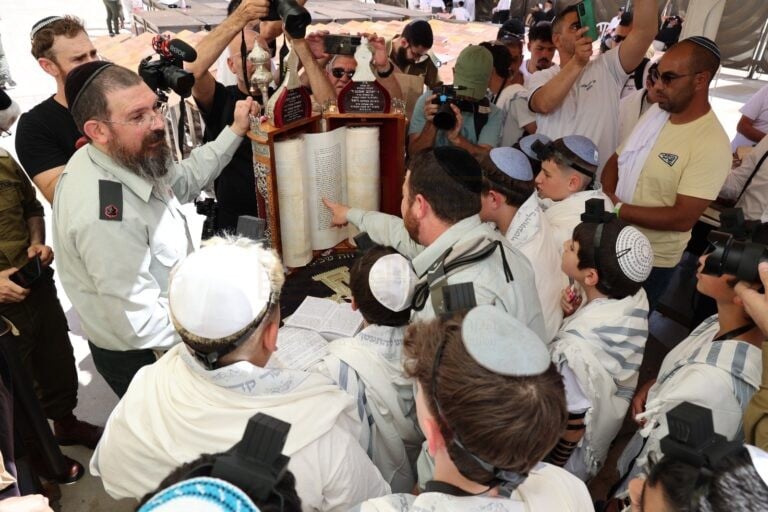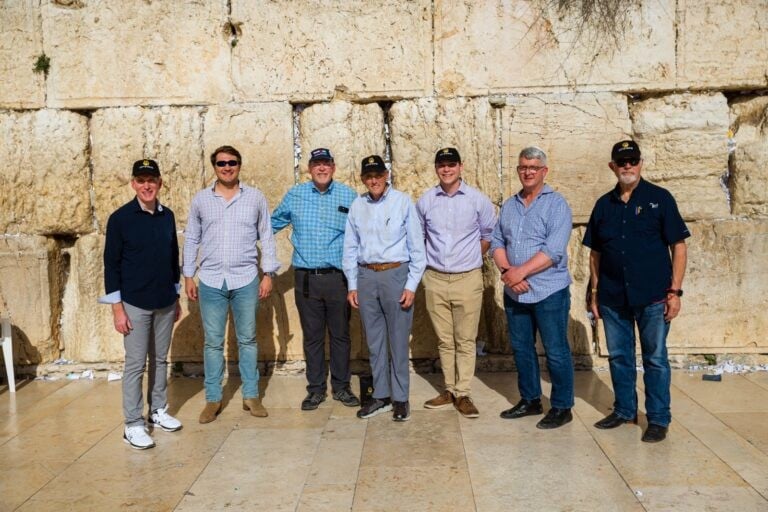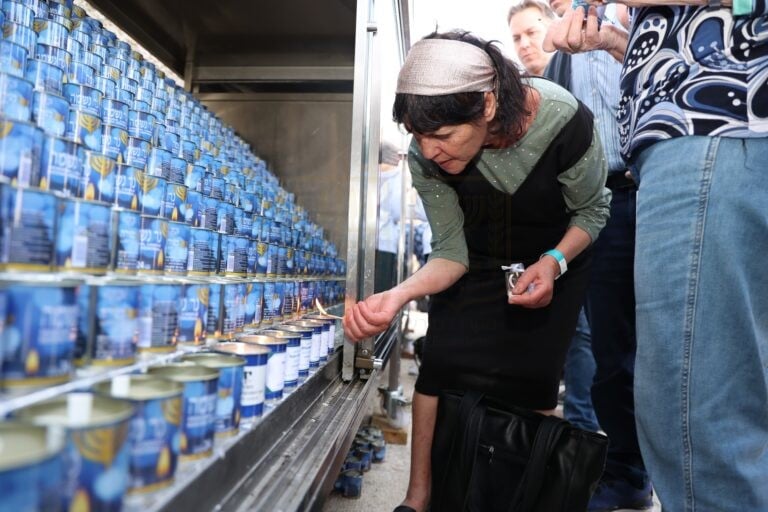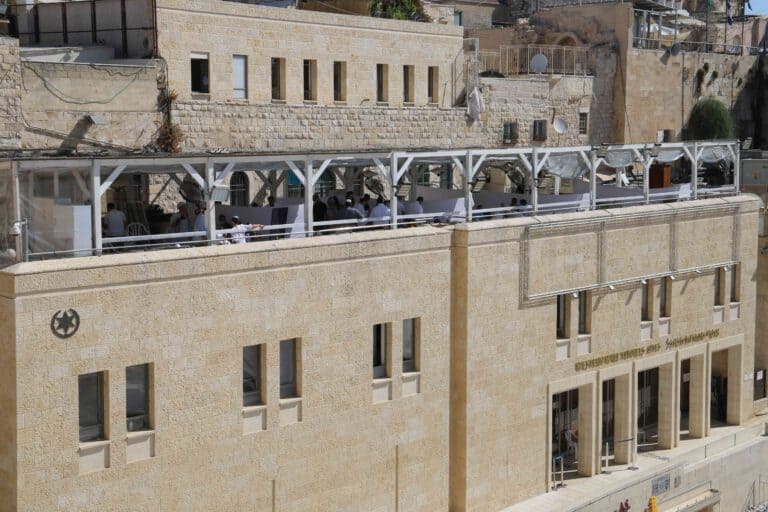For this reason, it is interesting to note the subtle differences between the description of the instructions and the description of the execution. Sometimes we find practical differences and sometimes they are only literary when a term is replaced with another. Thus, we find, for example, a difference in the description of the cloths that cover the Tabernacle. Remember that the Tabernacle was not a permanent structure but was taken apart and rebuilt. It did not have a permanent roof but tent-cloths that covered it which were removed when the Tabernacle was dismantled.
In Truma, when the instructions are given on how to connect the cloths, a unique phrase is used that conveys an interesting relationship with these cloths, ?and you shall fasten the curtains, woman to her sister with the clasps? (Exodus 26, 6). This phrase is repeated four times and this personification and metaphorical use of the deep relationship between a woman and her sister is rare in the Bible. Something about the poetic style expresses festivity, loftiness. The inanimate cloths take on a life of their own with added significance.
But when we read this week?s portion, and we read about the execution of these instructions, we find that this lofty language is gone. ??and he fastened the curtains to one another with the clasps? (Ibid 36, 13). ?To one another? is used four times instead of ?woman to her sister?. The poetic language becomes a technical description; the personified sisters return to being inanimate cloths. But is this change coincidental? There are times it could be argued that the Bible uses varied terms and integrates synonymous terms for the same things, but here that is impossible. The careful repetition of the same phrase comes to tell us something. There is a hidden message that we must reveal.
Actually, we all know this phenomenon from our personal lives. When we plan something, we see it as perfect. For example, when a couple stands under the chuppa, it looks to the future and sees a happy life, with love that knows no bounds. In reality, life is more complicated. Even a couple that invests effort in their relationship and lives happily must occasionally confront the reality that routine is not all a bed of roses. There are difficulties. Some come from the outside and some inside the relationship. There are ups and downs. Constant effort is needed in order not to lose the beauty of living life as part of a couple.
Were the bride and groom who looked into the future and saw their perfect life being na?ve? Or, we could ask, is boring routine a failure? The answer to both these questions is no. Indeed, the perspective of vision and that of execution are different. In a vision, the future looks perfect, as it should. Actually, one of the things that empowers us is the memory of the beautiful vision we dreamed about when we were young and na?ve? On the other hand, routine is not failure. Such is life, and there is a special beauty in routine and in running between a career and children, finding a moment of pure love, a moment which is ephemeral but which leaves its wonderful impact.
The difference between the description of the cloths in the stage of vision: ?woman to her sister? and the stage of execution: ?one to another? comes to teach us that even in our spiritual journey we are likely to face this gap. A person could make a good decision that looks perfect. But then during the execution, difficulties arise, the main one being routine.
A person could decide to keep Shabbat. The description of the Shabbat meal is amazing, the prayers inspiring and the rest complete. It all seems wonderful and moving. In reality, the Shabbat meal could disappoint, the prayer services could seem incomprehensible and the rest could be interrupted. This is the natural gap one must be prepared for. But what is important is remembering that we get the special sense of life from those brief moments when vision peeks out from behind routine. That beauty exists. We were not wrong when we assumed life was wonderful. We just have to remember the vision and search for it in our day to day lives and actions.









